|
The buhurt (partly Buhurd, bouhourt or buhurt to hurter "encounter", Eng. To hurt , perhaps by Germans Bihurdan, fence) or gyrus was applied on skill medieval tournament form . The exact definition of this chivalrous fight game is controversial in the professional world. In the contemporary sources of literature even real military confrontations between rider associations are described as Buhurte. Other sources differ significantly between the more playful buhurt and (the) dangerous Turnei . As the tournament is called, among other things, a knightly combat game. The written down rules called Cartell. There were individual struggles in various sectors, such as sword fighting and jousting ( jousting ), but also ground fighting ( buhurt ) with blunt weapons . The medieval tournament evolved from the martial exercises of the warrior and degenerated in later years to a pure spectacle for the people . Early late medieval genealogists and writers like Georg Rüxner intervened in its plan to noble families the widest possible dissemination reaching back Ahnenliste to procure, on often fictitious directories of tournaments back. In the course of the twelfth century, the tournament became a major event, as musicians, animal lovers and jugglers appeared next to knights. The organizer was able to demonstrate his wealth here. Buhurt on horses The medieval tournament Culture knew three forms of the tournament: the more peaceful buhurt, the group fight with sharp or blunt weapons (Turnei) and single combat with the lance and the sword ( jousting ). Buhurte were probably mainly in the German cultural circle, at least most of the evidence of this combat game comes from the Reichsgebiet. Originally the Buhurt could have been carried out with sharp weapons. Although different rider games in contemporary sources are called Buhurte, it is often clear between Buhurt and Turnei. Been Ez would be a turnei, they had their heten Harnasch . However, the Buhurt can not always be clearly distinguished from the Turnei. An exact definition of this medieval concept is therefore impossible. Even playful battles between two larger groups of knightly warriors could quickly go into serious conflicts. Many knights and lesser nobility lost their lives here. Shortly after the start of the tournament being in the High Middle Ages (late 12th century), therefore, the first tournament bans were enacted. The Church threatened the participants even with excommunication and denial of a Christian burial. However, certainly also religious dignitaries in tournaments, such as the participating abbot of the monastery Lesterps at Limoges (around 1200). Journeyman piercing the patrician sons in Nuremberg, 1561 The simulated mass struggle seems to have been so widespread at the time that the Buhurt was further developed into a peaceful equestrian game, which depended more on the control of riderly arts than on martial virtues. So you could bypass the tournament bans and still continue the popular popular fight games. Perhaps here were older traditions, such as from the Germanic past, resumed. Numerous negative experiences often forced the organizers to forbid the use of sharp weapons. During the tournament to Chalon-sur-Saône (1274) had as many English and French noblemen kill each other. In Manesse is in the miniature to Dietmar the translator a deadly joust presented with the sword. In the background three frightened ladies follow the bloody events. Mr Dietmar of translators kills his opponents in the tournament ( Codex Manesse) The term buhurt is by today's historians interpreted quite differently. Some researchers see a moderate pre-stage of gymnastics in this tournament form. Here, as in the case of the Tjost and the Turnei, they had been able to obtain booty and ransom. Other experts say the Buhurt would have been a relatively harmless actress. Often Buhurte were in the nature of parades held in honor of dignitaries. Such rider games were also used for entertaining festivals. All authors agree, however, that this type of tournament was the least dangerous. Certainly Buhurte were carried out in different ways during the course of the Middle Ages. There were also regional differences. That the buhurt was often interpreted as a show event and actual chivalrous exercise, already occupied by the fact that even the Knights Templar Buhurte could ride. The two serious tournament forms were them to the monastic rule strictly prohibited. About buhurt we can read from old texts how was on the buhurt fights: This night, however, had been brought to the brim, to check whether the armor and horse armor pieces were neatly interlocked and fitted, the chain armor, and the chain-tails, had been dressed for the journey Had checked the durability of the helmets and the handles on the shields, had to fasten the chain rings with cords, which bound the helmet to the neck and neck, protecting the neck and neck when it was time. That was how the tribesmen had cleansed themselves. [...] But one thing is certain: sport was already a profession in which some could earn more than all the others at that time. The game was played on a long day - there were two parties, like a battle. It was therefore necessary for the various national teams to get together in two camps. The allocation was announced in advance. [...] The selected terrain, the "battlefield" or champ [...] encompassed a wide terrain. Obviously it was without boundaries, but not without bumps. [...] Guillaume had beaten the mayor of Milly-en-Beauvaisis half-dead, blew up his helmet and chin guard [...] the meeting offered the opportunity to satisfy old and new feelings of hatred. [...] The punches focused on the helmet. [...] In order to cope with an opponent, that is, to take him captive, one had either to break this piece of his armor, blow his head, or to stun him with all Force on the head cover. Walther Von Klingen in the tournament in Codex Manesse This martial arts - the modern term is technically correct "Full Contact Fighting in Armor" - is now carried out in a similar form as sport. Fights are no longer from horseback, but on foot. The goal is not to take his opponent, but throw him to the ground. Anyone who touches the ground in a fight with three or more body points. Fighting is in serious, historical equipment without any hidden modern protectors (except protection for genitals and back). Today is also place great importance on the fact that the personal equipment in a historical context harmoniously match, that the combat equipment of an individual man is not composed of several centuries. The battle mode is by us as "full contact" referred to. This means as much as real combat, with real hits. The battles are not made and the blow-offs are not discussed. So every pass of the Buhurt is again a competition. Victory and defeat are factors such as physical constitution, equipment quality and the ability to deal with weapons and armor, as well as teamwork. Fighting in the Buhurt - then as now - with dull weapons. The Buhurt is to be understood as a sporting confrontation. It is not a question of hurting his opponent, but of forcing him into his knees by technical or physical superiority. Injuries are the order of the day, as in any combat sport. Bones can break - especially when the blunt objects are affected. In order to avoid this and to keep injuries in a manageable amount (bruises) we put high importance on proper equipment and physical fitness. Deficits in personal equipment are constantly improving. Buhurt as modern sport Today there are couple world organizations: HMB – Historical medieval battle System of tournament: Category called "Triathlon": three rounds with different weapons,(longsword, sword-buckler, shield-sword). Also 1 vs 1 fights with polearms. Professional fight: a fight is held in the format of "three rounds of three minutes." According to the rules, any techniques aimed at delivering blows to any part of the body, except for the neck, back of the knee, groin, eyes, feet, and back of the head. Mass categories: 5 vs 5, 21 vs 21 Man and woman are fighting. Woman fights in triathlon, polearms and 3 vs 3. HMB Internaional Association HMB Fight 5 vs 5 IMCF - International Medieval Combat Federation System of tournament: 1vs1 tournaments with duel categories in sword and shield, longsword and polearm. Mass categories: 5 vs 5, 10 vs 10, 16 vs 16 Man and woman are fighting. Woman fights in duels and 3 vs 3. International Medieval Combat Federation IMCF Fight 16 vs 16 WMFC – World Medieval Fighting Championship Fighting in the ring 1 vs 1. Ranking contract battle takes place according to the formula 3 rounds for 3 minutes . 1.5 minutes rest between rounds. The victory is awarded to the fighter with the highest number of points during the match. World Medieval Fighting Championship WMFC Fight In Ring 1 vs 1
1 Comment
Danniel Lopes
5/25/2017 06:46:05 am
I just want to ask if you have the bibliography of this. I want to make a work about buhurt and I am searching for bibliographys
Reply
Leave a Reply. |
MarkoUndermaster of historical fencing ArchivesCategories
All
|
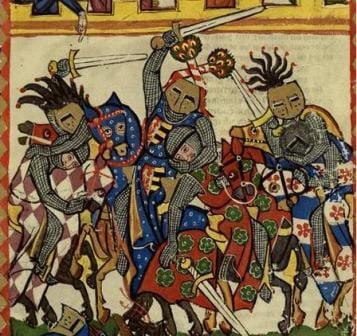
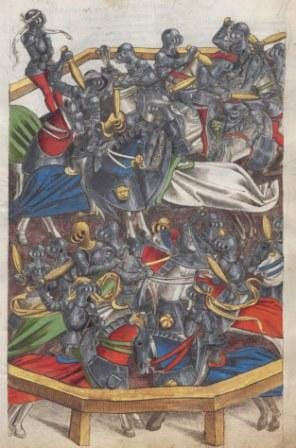
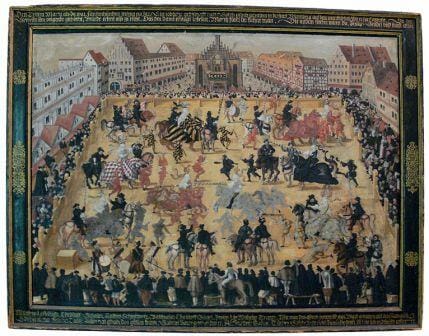
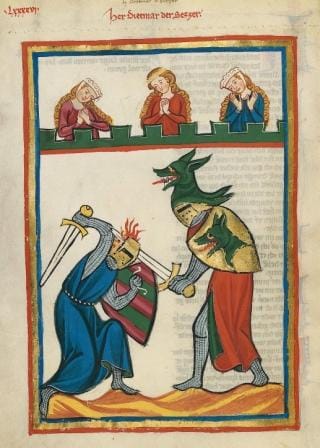
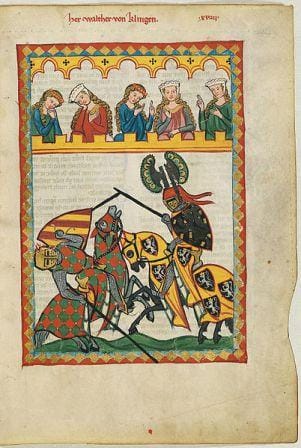
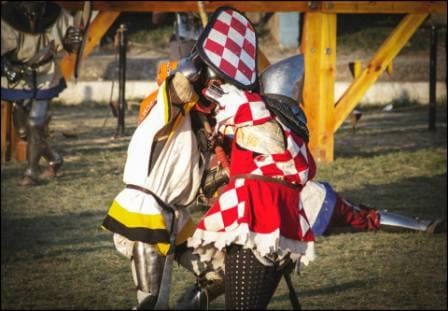

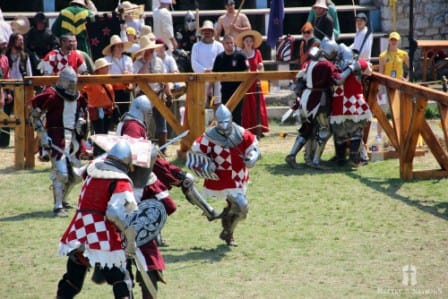
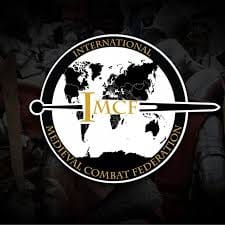
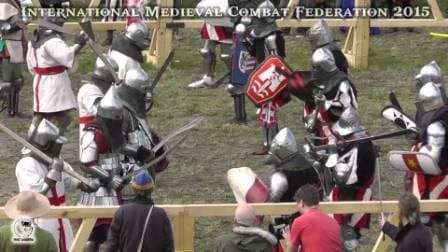
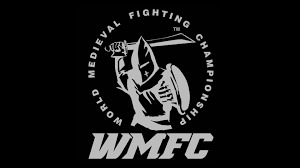
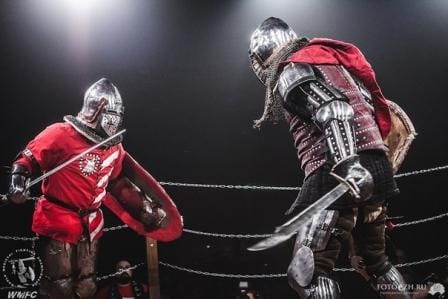
 RSS Feed
RSS Feed
